Autumn
When I lived in the Czech mountainside city of Liberec, my grandma would send me woollen scarves and gloves, worried that I was freezing in a city that has, according to some of its optimistic residents, a half-year-long winter. It was September in Sweden, and I'd only been here for two weeks, so no such package had arrived yet. Little did I realize that I could have really used it already, when I went on what I deemed a Great Northern Adventure.
In my wide-eyed naivety and wanderlust, I set off northwards on a night train, looking to spend my work-free fortnight covering as much of northern Sweden and Norway as possible. I had got as far as Luleå, a north-eastern coastal university town lying just an hour shy of the Arctic Circle, when I realized that both my money and my corresponding capacity for adventure was running short.
I stepped off at Luleå's near-desolate train station to thick cloud and 8C, less than half the temperature that Stockholm was enjoying. Senseless town planning had left a centre of wide avenues completely exposed to blusters from harbours on both sides, and anyone who traverses it open to the full blast of available wind-chill. One harbour had erected palm trees and a patch of sand; whether out of optimism or irony, I still cannot tell.
I waited eagerly at the bus station for my ride back down south. A Swedish friend I'd met in Scotland, Per, lived in Umeå, which was a four-hour bus ride southwards and a further six-hour train from Stockholm. Visiting him was the perfect decision. It was like I had taken a piece of my old life in Scotland with me, but it was still distinctly Swedish.
At his place, warmth in abundance awaited me: a traditional Swedish candlelit dinner of mushroom-something and a sauna that was sold to me as equally traditional. So this is how they survive winter. It was a lesson learned: my visit up north had given me a window into the autumn and winter to come.
I returned to Stockholm on a balmy evening, the busy station street all the more alive in contrast to its muted northern counterparts. I may not have crossed the Arctic Circle, but I had seen something of 'real' Sweden, I told myself.
What an overstatement: it was just one facet.
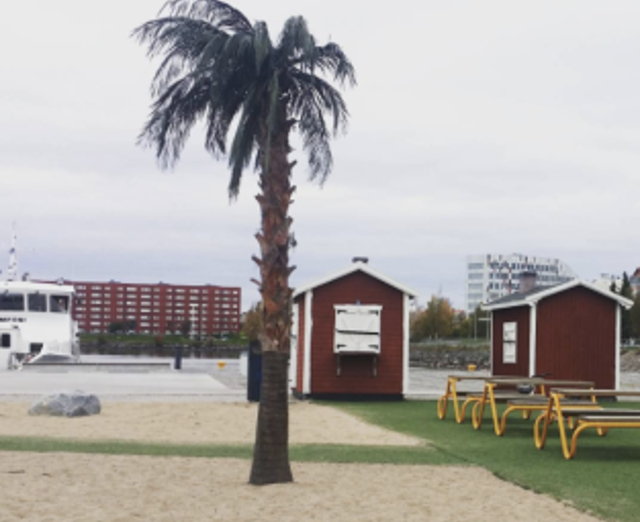
Winter
They tell you that winter is hard in Sweden, but it was January and I still wasn't sick of it. I wasn't sick of watching snow fall, sipping chai lattes or feeling a sugar rush in my cheeks after eating overly-large cardamom buns. Whatever mysig really translates as, it was something akin to this. It was staring out from a thick turtleneck jumper at everyone else in the café, all poring over their writing too, but somehow in a quieter and more stylish manner than I could ever attain. This was my winter office, and we were united in sheltering ourselves from the bitter outdoors. For shame, because what an outdoors.
If I was ever in my university office in winter, it was because I loved to see the snow dusting the thick fir trees outside. A fixture of Stockholm winter scenery as much as candles on doorsteps and lit stars in windows, it was like Advent had never ended. When the sun shone through, the whole affair turned into something really special.
You can keep your sweltering beach holidays: I have never felt more alive than when the sun glared through but the temperature remained firmly in the minuses. I would get off the bus to work just to walk by a frozen lake and see people and shadows dance across it, even though the wind could blow so strongly that it would leave your face in pain. It is so worth it. Step outside, just for a few moments, and you are rewarded with a glittering, frozen paradise.
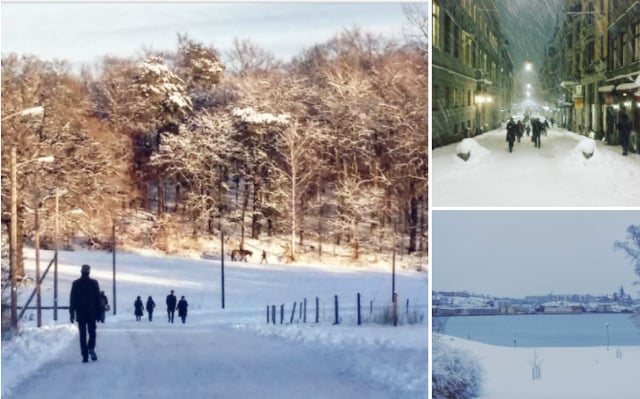
Spring
What spring? I was told by many good sources that this spring was one of Sweden's worst in years, weather-wise. But I contend that there was a spring of sorts. I saw it and felt it, or at least I thought I did. It was those sunny days in February, March and April where the sun penetrated any dullness and the snow retreated, even if only momentarily. On such days, you would catch people stopping in the street, eyes shut and arms stretched out just to take in the sunlight in that very moment.
It was on days like these that the water that surrounds Stockholm took on a life of its own. The ice had broken and melted, turning the seas and lakes into a way to travel once again. Suddenly jetties began to overtake park benches as my sitting spot of choice: now my contemplation could have a new background of boats and birds instead of city passers-by. The boats that passed through seemed ever bigger. I couldn't wait to climb on board one.
As a present to ourselves, a friend and I visited Helsinki on the weekend ferry. Helsinki itself seemed stuck in winter, its islands still frozen and its city centre keeping a windy chill that could bite. But somewhere over the Baltic on our way back, winter was broken. The clouds abruptly ceased and something that must have been Swedish spring broke through. That Sunday morning, we glided in through a sun-gilded Stockholm archipelago, the coloured houses on the islands sun-soaked as if warming up for their owners to join them for a summer retreat.
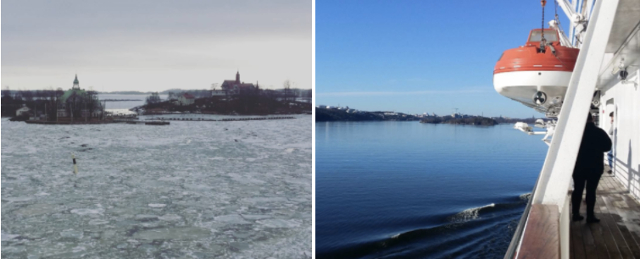
Summer
The most-hyped season in Sweden didn't disappoint. I've never been outdoorsy, but then again, I've never been forced to be before. Sunlit forests, heated rocks, and glistening lakes beckon you in and resistance is futile. Best of all, nobody tells you to resist. The near-deserted office practically pushes you out of the door and into the sunshine. Those who aren't working will send the message around on a fine day: this afternoon, we're going bathing, no excuses.
For most Swedes, the central feature of their summer is their stuga, the family's cabin in the woods (just add water). I don't have one of course, so when I wasn't borrowing someone else's, my playground was Gröna Lund. Based on the island of Djurgården, a royal parkland whose primary purpose is to host embassies and museums, Gröna Lund is an old Swedish Tivoli that retains bucket-loads of charm and adolescence. It also hosts concerts all summer at a very democratic price. For the cost of an average dinner out in Stockholm, you can enter the park as often as you like in summer, and waste your coins trying to win oversized chocolate bars. Better still, you can do so while listening to Elton John, The 1975 or First Aid Kit. In a country and city so spread out but sparsely populated, you need to find your happy place. In the absence of my own summer house (or any house, for that matter), I found mine.
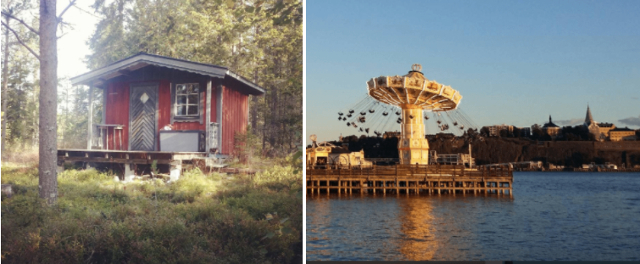
Everything
Like pretty much anything that exists, my year in Sweden mostly revolved around the sun. A culture so entwined with nature creates a people whose mood almost depends upon it. The brightness of the sun is a spotlight on the most memorable days, but my inner stoic refuses to live by it. I recognize such resistance in other Stockholmers too. Throw what you want at us: snow storms, terrorist attacks and unforeseen political earthquakes, and we will make the best of it. We can weather anything and, by God, we have the resources to.
This guest blog was written by Madeleine Hyde and first published on her blog, Sweden-Shaped.

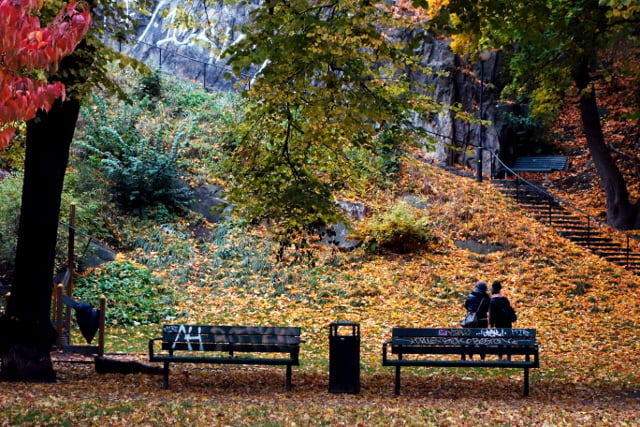
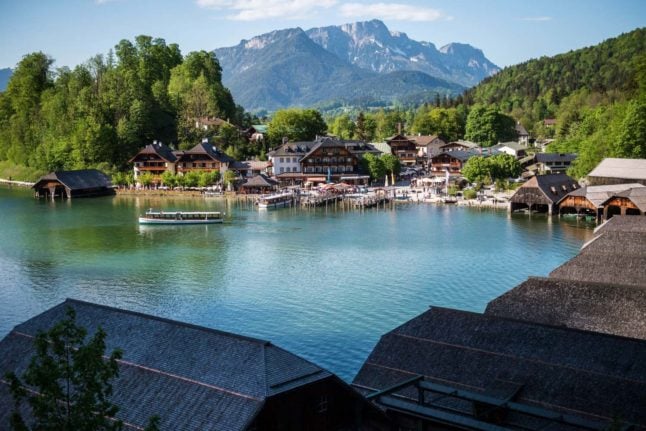
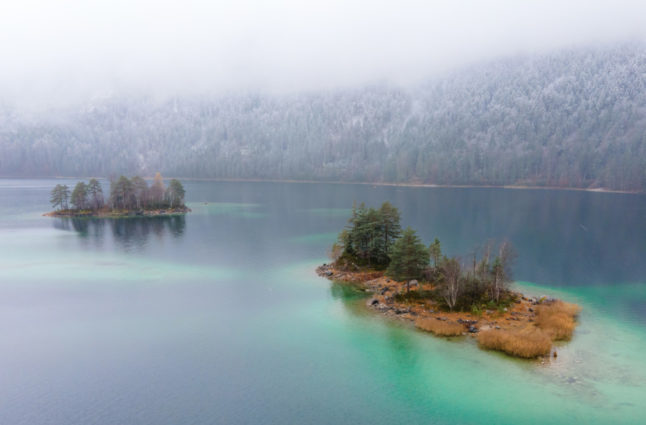
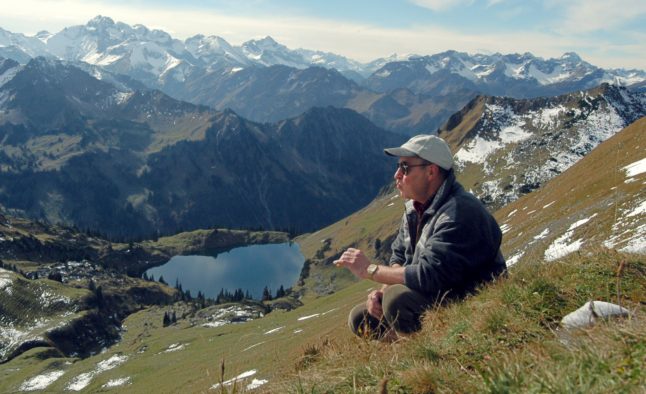
 Please whitelist us to continue reading.
Please whitelist us to continue reading.